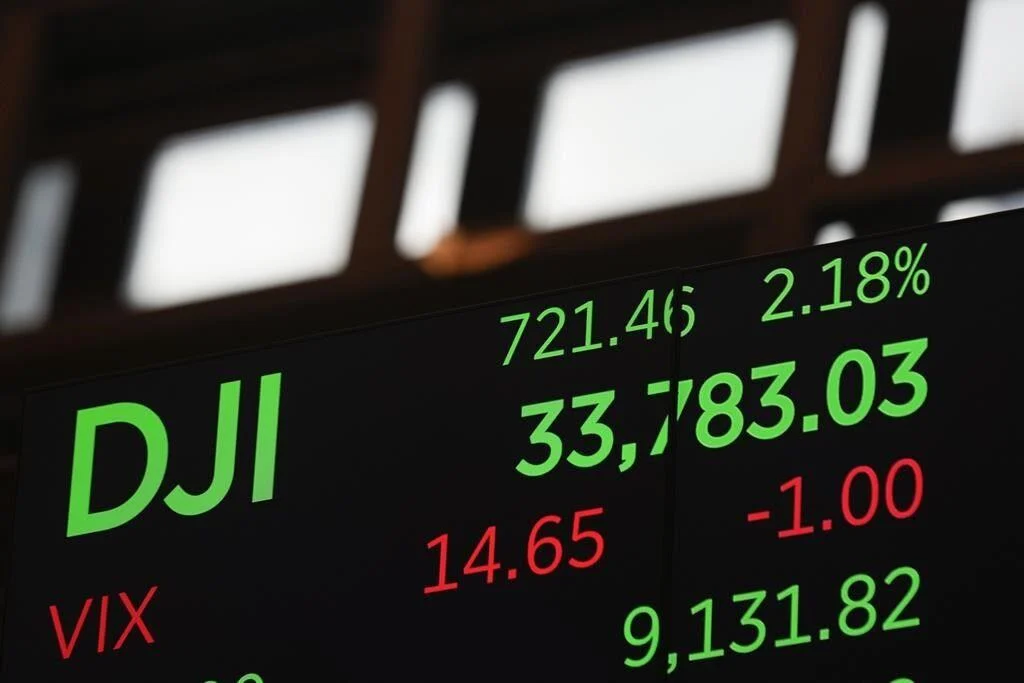
FILE - A board above the trading floor of the New York Stock Exchange shows numbers for the Dow Jones Industrial Average in New York, Friday, June 2, 2023. Amazon.com Inc. will replace Walgreens Boots Alliance Inc. as one of the 30 companies in the Dow Jones Industrial Average on Monday, Feb. 26, 2024. (AP Photo/Seth Wenig, CP File)
Amazon.com Inc. is set to become a member of the Dow Jones Industrial Average, one of Wall Street's most longstanding and prestigious stock indexes. This shift will occur as the e-commerce giant replaces Walgreens Boots Alliance within the 30-company Dow. The transition will be effective before the market opens on Monday.
The inclusion of Amazon in the Dow is part of a rebalancing effort prompted by a 3-for-1 stock split by another Dow constituent, Walmart. S&P Dow Jones Indices, the governing body of the index, initiated Amazon's entry and Walgreens' exit to accommodate Walmart's stock split.
Amazon, headquartered in Seattle, will now stand alongside established Dow members like Apple, Boeing, JPMorgan Chase, and Coca-Cola.
The Dow Jones Industrial Average, often referred to as the Dow, is a representation of 30 stocks from established and well-known companies, commonly termed as "blue chips." While the Dow initially comprised industrial companies like Caterpillar and Honeywell, its composition has evolved over time to include technology giants such as Apple, Intel, and Microsoft.
Amazon's inclusion in the Dow is significant given its stature in the consumer retail sector and reflects the evolving landscape of the American economy. Walgreens' removal and Walmart's stock split have implications for the weighting of Dow stocks, with Amazon expected to rank 17th in terms of weight once the transition is complete.
Although the Dow holds historical significance, it represents only a limited cross-section of the economy. Many professional investors prefer broader market measures such as the S&P 500 index, which includes nearly 17 times more companies than the Dow. The S&P 500, with over $11.2 trillion in investments benchmarked to it, enjoys far more prominence among investors compared to the Dow.
Despite historically similar performances, the Dow and S&P 500 have diverged notably in recent years. The S&P 500's emphasis on Big Tech stocks, such as Apple, Microsoft, and Amazon, has contributed to its outperformance relative to the Dow.
The Dow and S&P 500 employ different methodologies for index movement. The Dow's price-weighted approach gives more weight to stocks with higher prices, while the S&P 500's market capitalization-weighted approach considers the overall size of the companies.
The Dow's age and legacy make it an enduring measure of market performance, although its significance in daily market movements has diminished over time. While a triple-digit swing in the Dow was once indicative of significant market movement, it now represents a smaller percentage change.
In summary, Amazon's entry into the Dow underscores the index's adaptation to changes in the economy, while also highlighting the ongoing evolution of Wall Street's benchmark measures.















